Air monitoring
CO2 sourcing for Power to X
Dec 01 2023
The EU regulation related to the production of renewable fuels of non-biological origin (RFNBOs), such as sustainable aviation fuel (SAF), prohibits the use of fossil carbon dioxide (CO2) captured from power generation after 2036. In 2042, the production of RFNBOs using CO2 captured from so-called ‘unavoidable’ industries, such as cement making, must be phased out.
The implication of this EU RFNBO legislation is that biogenic CO2 and CO2 from direct air capture (DAC) are the favoured long-term sources of carbon for synthetic aviation fuel produced as an e-fuel. Whilst these dates may seem to be far away, many e-fuels and Power to X project developers are working the future rules into their current CO2 sourcing strategy.
Biogenic CO2 can be captured from biogas to biomethane upgrades in many small plants. It is also produced when crops are fermented to yield ethanol, a liquid biofuel. However, these sources of biogenic CO2 are limited. The price of biogenic CO2 is likely to rise as e-SAF producers chase the available molecules.
A growth in bio-energy carbon capture (BECC) will be needed to supply the additional biogenic CO2 molecules. And, when these sources are sold-out, Power to X plants will be forced to seek alternatives such as CO2 from direct air capture (DAC).
Whilst the battle to source biogenic CO2 molecules is raging, DAC will be maturing. As it does so, equipment costs will fall, and operating efficiencies will rise. The cost of CO2 from DAC is likely to fall to similar level to biogenic CO2 at some point in the next decade. Keeping abreast of DAC technology developments and biogenic CO2 supply and demand imbalances will be essential for businesses involved in Power to Liquids production.
Bio-energy CCS
Bio-energy CO2 capture and utilisation or storage has generally been linked to the combustion of wood chips to generate power. In 2022, Drax Power Station in the UK, which can generate up to 2.5 GW, emitted 12 million tonnes of CO2, making it the UKs largest single emitter of CO2 in the power sector. This CO2 is regarded as climate neutral since it was drawn out of the air by the trees.
For many years, waste to energy (WtE) plants incinerating municipal solid waste (MSW) to generate heat and power were exempted from the EU CO2 emissions trading scheme (ETS). Through 2022 and 2023 there has been ongoing debate about the timing of their inclusion in the scheme.
MSW contains a high proportion of biomass. It is likely that the biogenic fraction of CO2 MSW incineration will be exempted from the ETS and may be regarded as a suitable feedstock for e-fuels production.
To accurately quantify the amount of biogenic CO2 in MSW flue gas careful monitoring of the biogenic fraction of the wate, or measurement of CO2 in the flue gas is possible. Biogenic CO2 contain the C14 carbon isotope. However, fossil CO2 does not.
Through the analytical technique of radiocarbon dating, the proportion of biogenic and fossil CO2 can precisely be measured. This will be essential to ensure that the WtE plant operator pays the correct fee for their CO2 emissions and will simultaneously enable accurate assessment of the biogenic fraction of Co2 that is captured from the WtE plant flue gas.
The emerging role of Direct Air Capture
DAC technology is ideal for remote locations where CO2 deliveries by road would either be expensive or impossible. In the HIF project in southern Chile, DAC of CO2 was used to produce e-methanol for onward conversion to e-gasoline. The site is hundreds of kilometres from any major industrial CO2 sources or logistics centres.
For DAC to become broadly competitive with point source CO2 capture for e-fuels production operating and capex costs must fall, and the achieved CO2 purity must be compatible with the e-fuels synthesis.
Some DAC systems use waste heat from nearby processes to regenerate the absorbent material that captures CO2 from the air. This lowers energy requirements and the cost of operation. Heat in the temperature range of 80 to 100 °C is ideal.
Waste heat at close to this temperature is produced by electrolysis processes which may be adjacent to the DAC facility. They are required to make green hydrogen which is required to combine with the CO2 to make e-SAF. If the temperature of the waste heat needs to be elevated, an electrical heater or industrial heat pump can be used.
A further challenge for DAC is to achieve a CO2 purity that is suitably high for use as a feedstock in Power to liquids. Many DAC systems generate an air stream with CO2 enriched to around 80%. This must be purified to enable or e-fuels production.
Given the pace of innovation in DAC technologies, it is likely that CO2 capture cost and CO2 purity issues will be overcome, and it is likely that DAC will have a major role to play in e-SAF production.
Digital Edition
IET 35.2 March
April 2025
Air Monitoring - Probe Sampling in Hazardous Areas Under Extreme Conditions - New, Game-Changing Sensor for Methane Emissions - Blue Sky Thinking: a 50-year Retrospective on Technological Prog...
View all digital editions
Events
May 06 2025 Nuremberg, Germany
May 10 2025 Karachi, Pakistan
May 11 2025 Vienna, Austria
May 11 2025 Seoul, South Korea
Salon Analyse Industrielle & Instrumentation
May 14 2025 Paris, France
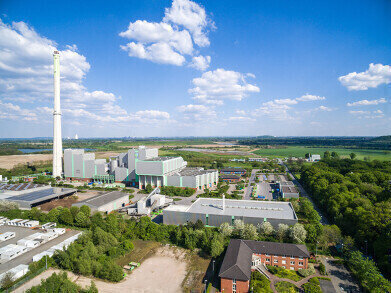
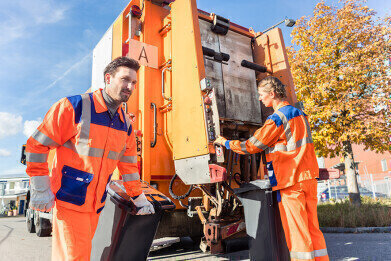
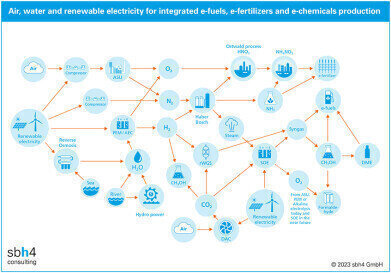
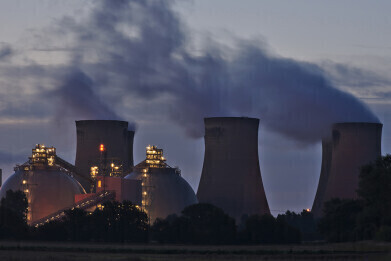
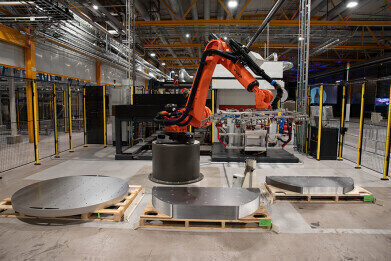














.jpg)


_(4427399123)-(2).jpg)









